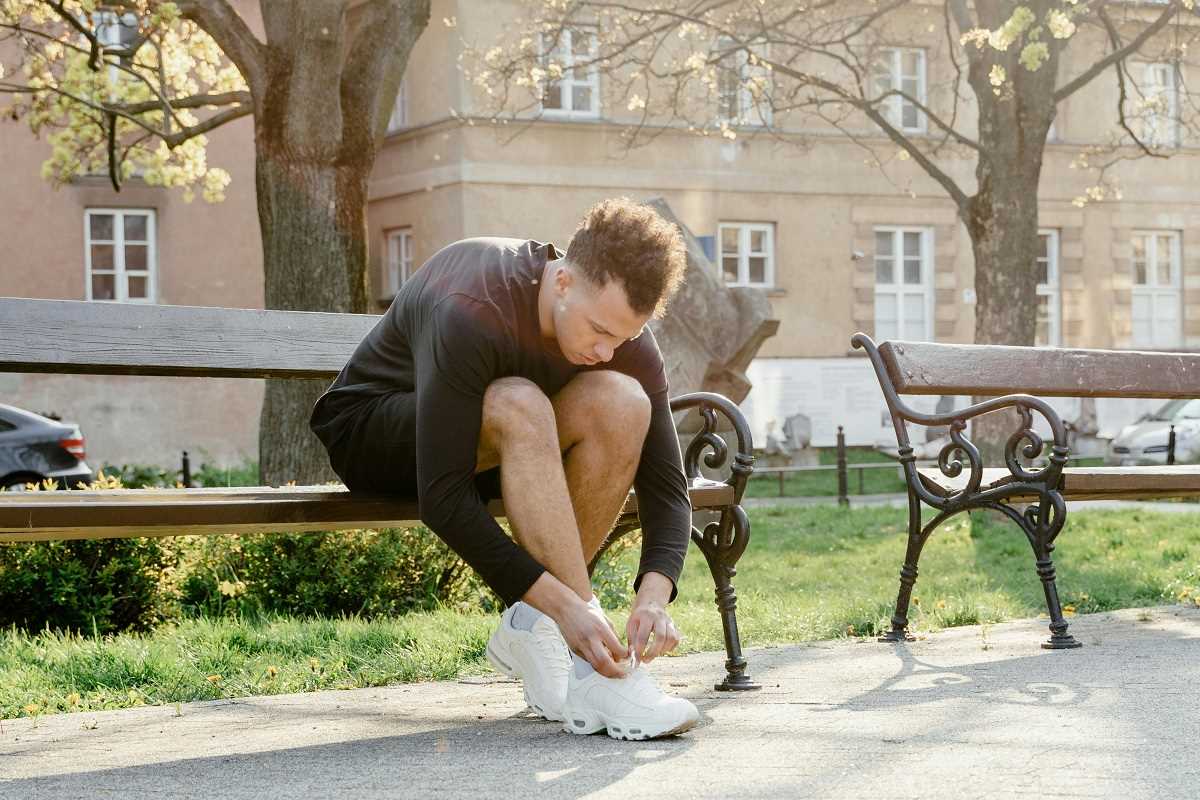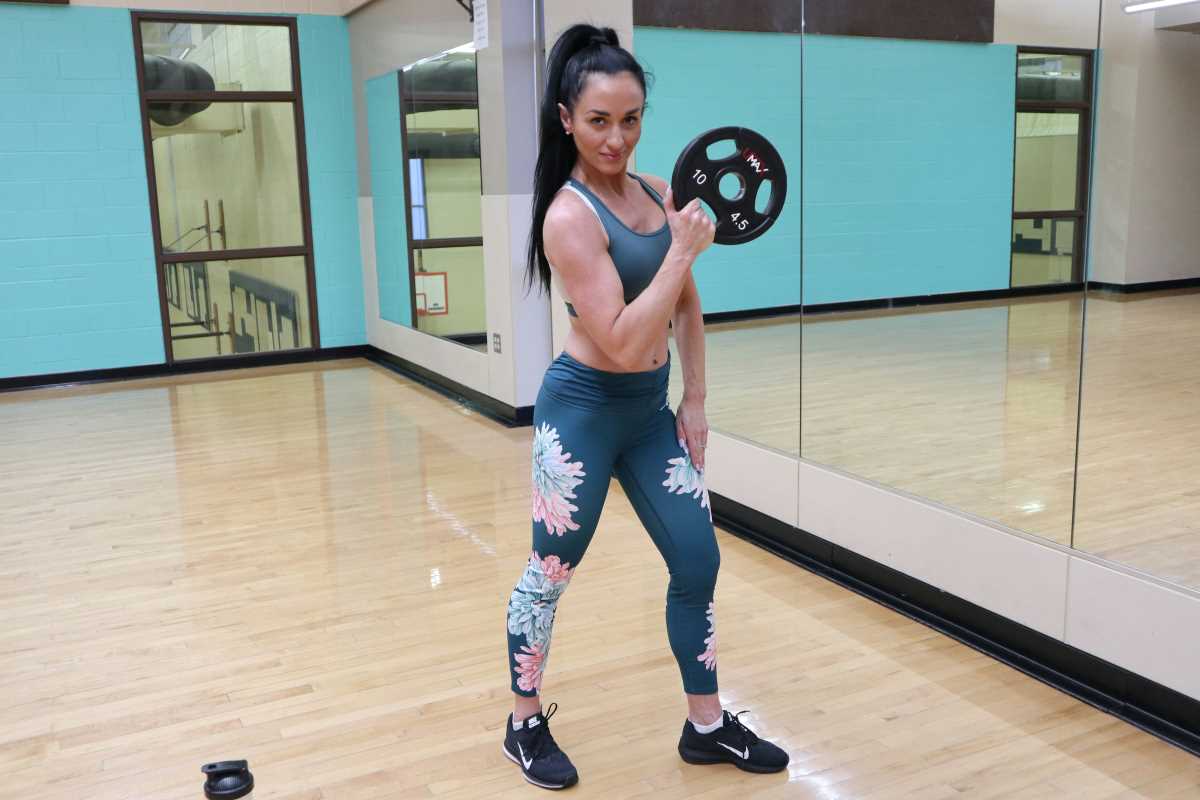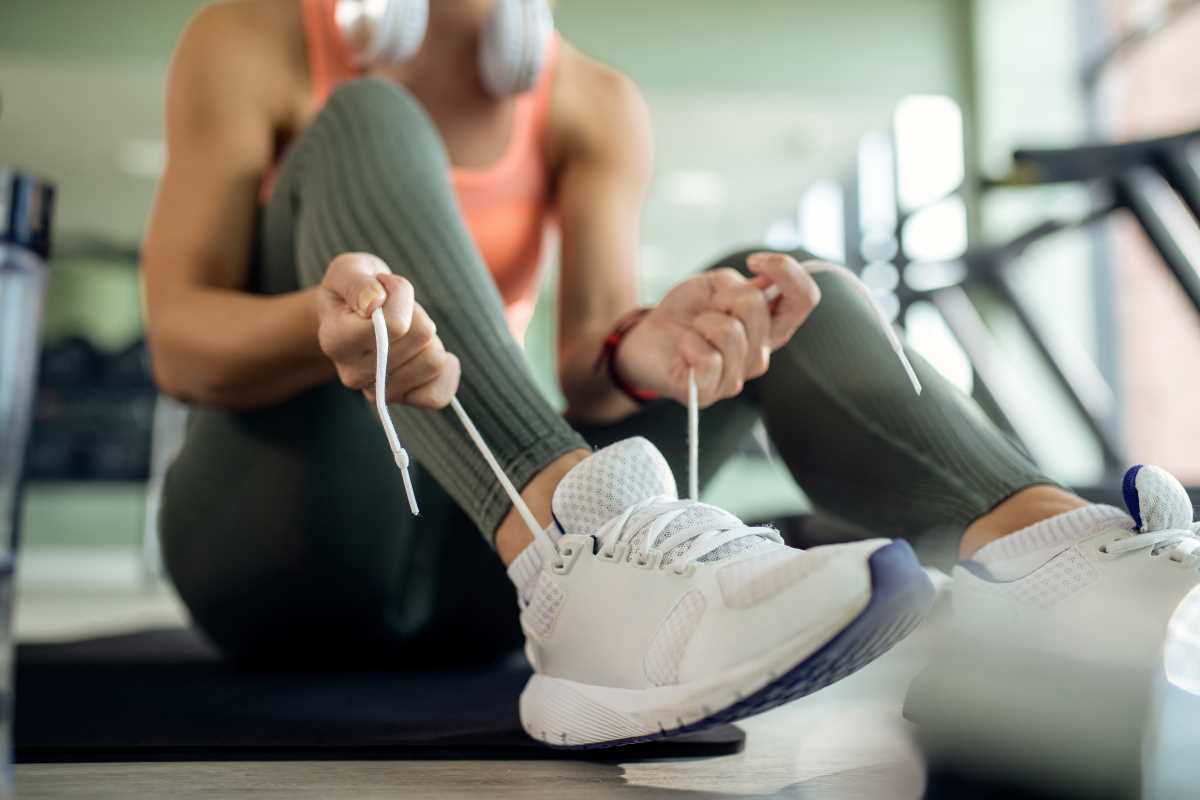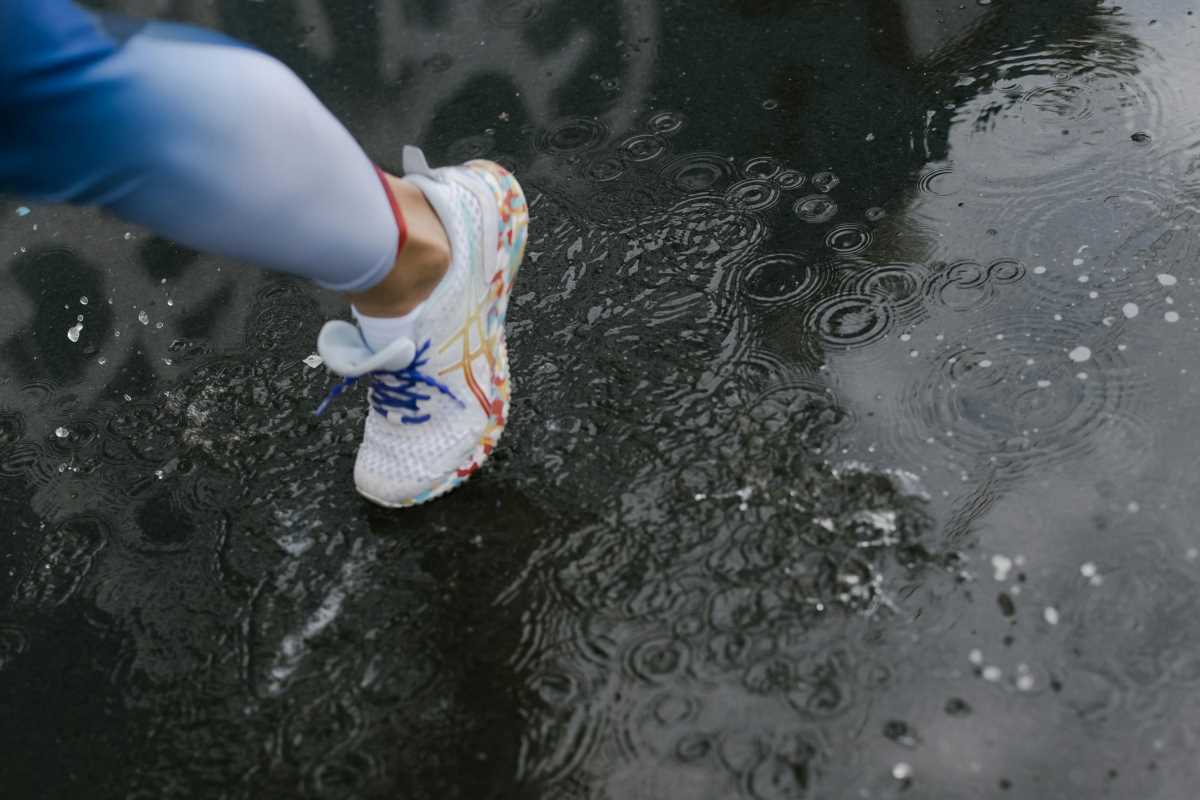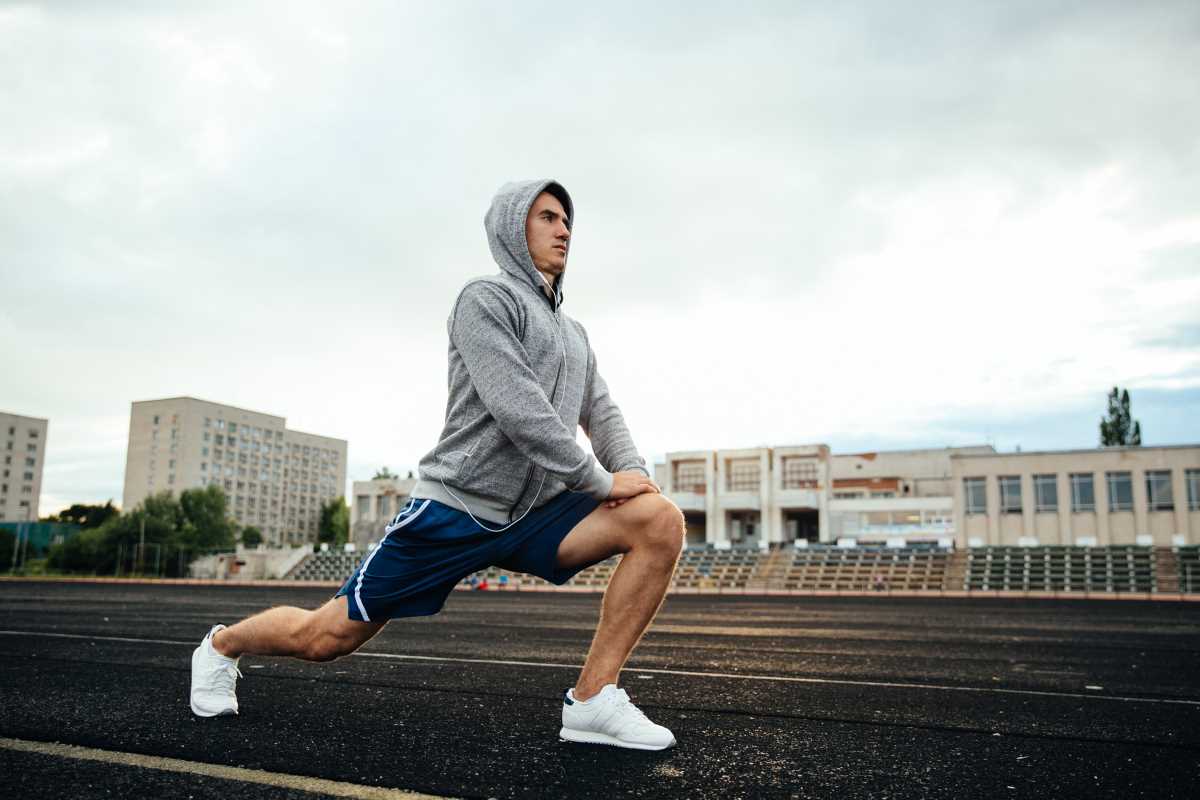Compression gear has revolutionized the worlds of fashion and sports, bringing together style and practicality in an extraordinary way. Initially crafted by designers to help athletes perform better and recover faster during their toughest workouts, this innovative apparel has grown into a must-have for everyday fashion. Its remarkable ability to boost athletic performance, speed up recovery, and offer a chic, contemporary appearance has captured the hearts of both athletes focused on performance and those who set the trends. The evolution of compression wear into casual wardrobes showcases its versatility and enduring appeal, making it a go-to choice for many.
The Science Behind Compression Gear
- Material Technology: Advances in fabric engineering have led to the development of materials that offer optimal elasticity and moisture-wicking properties, ensuring comfort and performance during prolonged use.
- Graduated Compression: Modern compression gear uses graduated compression, which applies varying pressure levels from the extremities to the core, enhancing blood circulation and reducing muscle oscillation.
- Seamless Construction: Innovations in seamless knitting techniques have minimized friction and chafing, allowing for longer wear and greater durability.
- Temperature Regulation: Cutting-edge fabrics now incorporate phase-change materials that help regulate body temperature, keeping athletes cool in the heat and warm in colder conditions.
- Biometric Integration: Some compression garments now include sensors that monitor physiological data, providing real-time feedback to optimize training and recovery.
Performance Benefits for Athletes
Compression gear plays a crucial role in enhancing athletic performance by providing muscular support and reducing fatigue. Athletes who add compression wear to their training routines often experience improved endurance and faster reaction times. The snug fit of compression wear helps stabilize muscles, minimizing vibrations and reducing the risk of injury during intense activities.
The increased blood flow from compression garments ensures that muscles receive a steady supply of oxygen, delaying the onset of muscle soreness and enabling longer training sessions. This boosts performance and allows athletes to train more effectively, leading to better overall results.
Recovery Through Compression
- Enhanced Circulation: Compression gear promotes blood flow, which helps remove metabolic waste products from muscles, speeding up the recovery process.
- Reduced Swelling: By applying consistent pressure, compression garments help minimize swelling and inflammation after intense workouts.
- Decreased Muscle Soreness: Athletes often report less muscle soreness and stiffness when using compression wear post-exercise, allowing for quicker return to training.
- Improved Lymphatic Function: Compression garments aid in the efficient functioning of the lymphatic system, enhancing the body's ability to repair and rebuild muscle tissues.
- Psychological Benefits: The supportive feel of compression gear can also provide a mental boost, helping athletes feel more prepared and confident during recovery periods.
Research indicates that compression wear aids recovery by addressing physical aspects and contributing to overall well-being, making it an essential component of any athlete's recovery toolkit.
Fashion Meets Functionality: Trendsetting Compression Gear
The fusion of fashion and functionality in compression gear has made it a versatile apparel choice that transcends athletic use. Designers now incorporate vibrant colors, sleek patterns, and modern silhouettes, making compression wear a fashionable statement both on and off the field. Influencers and style icons appreciate this trend, enjoying the blend of performance benefits and aesthetic appeal.
Beyond aesthetics, the integration of compression technology into everyday clothing items such as leggings, shirts, and jackets allows individuals to enjoy the benefits of enhanced circulation and muscle support throughout their daily activities. This seamless integration into casual wear has broadened the appeal of compression garments, making them a staple in the wardrobes of trendsetters who value both style and functionality.
Choosing the Right Compression Gear for You
- Compression Level: Determine the appropriate level of compression based on your activity and specific needs, whether for performance enhancement or recovery.
- Fabric Composition: Look for materials that offer breathability, moisture-wicking properties, and durability to ensure comfort during extended use.
- Fit and Sizing: Ensure a proper fit by consulting sizing charts and considering the garment’s elasticity to provide optimal support without restricting movement.
- Design and Style: Choose designs that align with your personal style preferences, whether you prefer bold patterns or minimalist looks.
- Seamless Construction: Opt for garments with seamless or flatlock seams to reduce friction and prevent chafing during intense activities.
- Integrated Features: Consider additional features such as pockets, reflective elements, or embedded sensors that can enhance the functionality of the garment.
Selecting the right compression gear involves assessing your specific needs and preferences. By considering factors like compression level, fabric quality, and design features, you can find garments that support your athletic performance and complement your personal style.
Advanced compression gear enhances performance, speeds recovery, and offers stylish, functional apparel. Understanding its benefits helps athletes and trendsetters achieve their goals while staying fashion-forward.
 (Image via
(Image via